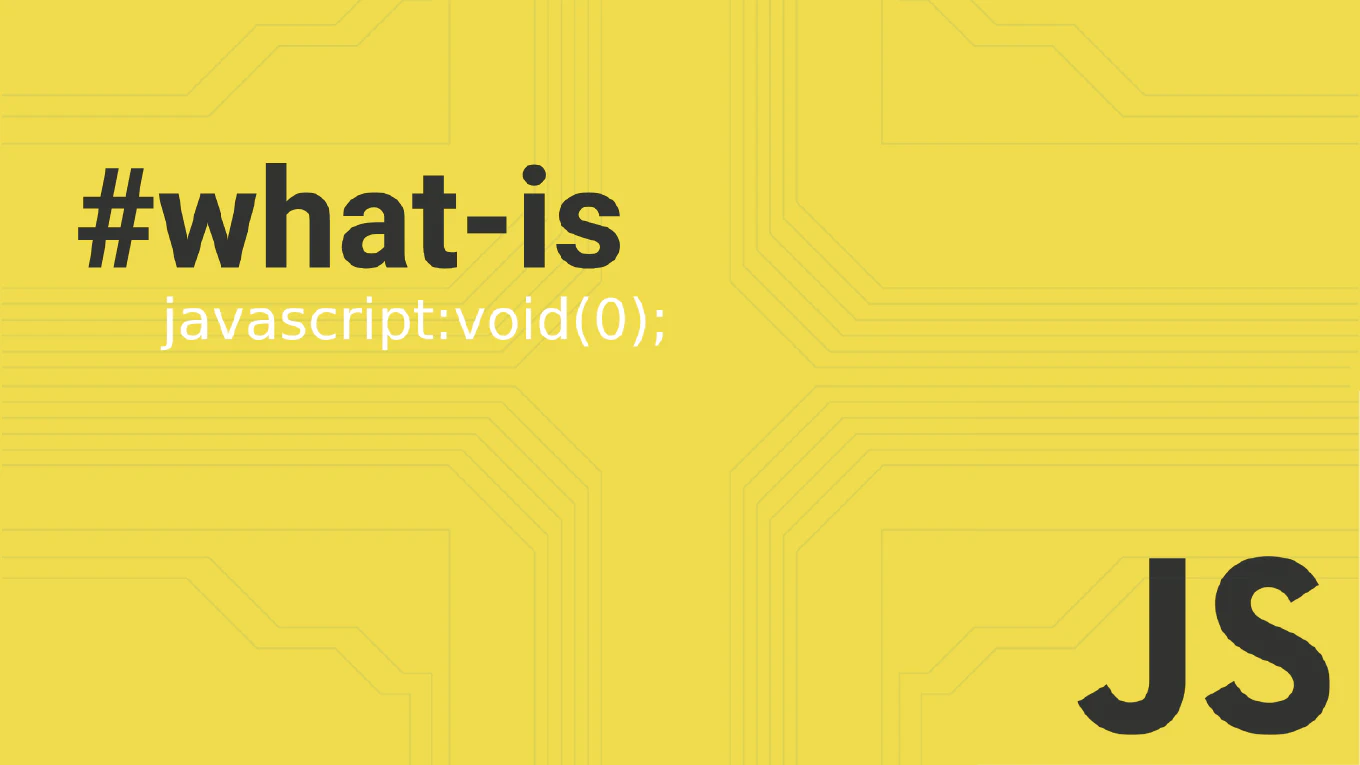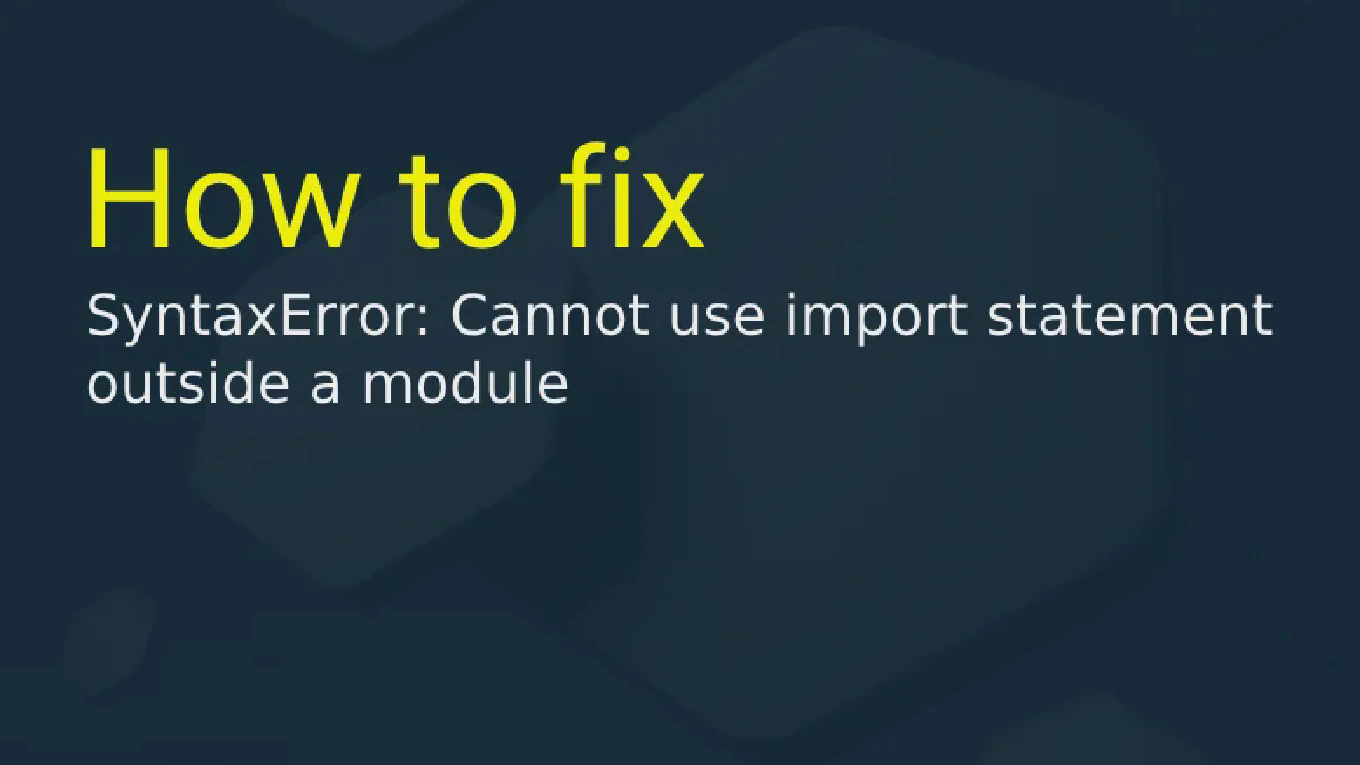How to show Git diff for staged files
Reviewing staged changes before committing is crucial for maintaining clean commit history and catching potential issues.
As the creator of CoreUI with extensive Git experience across numerous projects, I always review staged changes to ensure only intended modifications are committed.
The git diff --staged command shows exactly what will be included in your next commit, allowing for final verification.
This practice prevents accidental commits and maintains high code quality standards in collaborative development.
How to create lightweight tags in Git
Lightweight tags in Git provide a simple way to mark specific commits without storing additional metadata, making them perfect for temporary or internal version references.
With over 25 years of version control experience and as the creator of CoreUI, I use lightweight tags for development milestones and quick commit references.
The most straightforward approach is using the basic git tag command without any flags to create a simple pointer to a commit.
This provides fast, lightweight version marking without the overhead of annotated tags and their associated metadata.
How to checkout a commit in Git
Checking out specific commits allows you to examine code at particular points in history, useful for debugging, code review, and understanding changes in your Git repository.
As the creator of CoreUI, a widely used open-source UI library, I’ve performed countless commit checkouts for debugging issues and reviewing historical changes across multiple repositories.
From my 25 years of experience in software development and version control, the most straightforward approach is to use git checkout with the commit hash.
This method provides safe examination of historical code states without affecting your current work.
How to reset a commit in Git
Resetting commits is crucial for cleaning up local repository history before sharing changes, allowing you to reorganize commits and remove unwanted changes.
As the creator of CoreUI, a widely used open-source UI library, I’ve used git reset extensively for local history cleanup over 25 years of development.
From my expertise, the most versatile approach is using git reset with different modes depending on whether you want to preserve or discard changes.
This provides precise control over how commits are undone and what happens to the affected files.
How to revert a commit in Git
Reverting commits safely is essential for undoing problematic changes in shared repositories without disrupting other developers’ work or rewriting project history.
As the creator of CoreUI, a widely used open-source UI library, I’ve safely reverted countless commits in production repositories over 25 years of development.
From my expertise, the safest approach is using git revert, which creates a new commit that undoes the changes from a previous commit.
This maintains the integrity of the project history while effectively canceling out unwanted changes.
How to undo the last commit in Git
Undoing the last commit is crucial when you realize you made an error or committed prematurely and need to make additional changes.
As the creator of CoreUI, a widely used open-source UI library, I’ve needed to undo commits countless times during development over 25 years of software engineering.
From my expertise, the safest approach is using git reset --soft HEAD~1, which undoes the commit but keeps all changes staged for easy recommitment.
This provides flexibility to modify files before creating a corrected commit.
How to amend the last commit in Git
Modifying the last commit is essential for fixing typos in commit messages or adding forgotten changes before pushing to shared repositories.
As the creator of CoreUI, a widely used open-source UI library, I’ve amended countless commits to maintain clean project history over 25 years of development.
From my expertise, the safest approach is using git commit --amend, which modifies the most recent commit without creating a new one.
This keeps the commit history clean and is safe to use before pushing changes to remote repositories.
How to amend the last commit in Git
Amending the last commit in Git allows you to modify the most recent commit’s message or add forgotten changes without creating an additional commit in the project history. As the creator of CoreUI, a widely used open-source UI library, I’ve used git amend countless times across development workflows to perfect commits before sharing them with the team. From my expertise, the most effective approach is using git commit –amend for message changes or staging additional files before amending. This method provides clean commit history by fixing mistakes in the most recent commit without cluttering the project timeline.
How to commit changes in Git
Committing changes properly is fundamental to version control and collaborative development, ensuring code history is clear and trackable.
As the creator of CoreUI, a widely used open-source UI library, I’ve made thousands of commits across multiple repositories and understand the importance of clear commit practices for team collaboration.
From my expertise, the most standard approach is to use git commit with descriptive messages after staging changes.
This method creates a permanent record of your changes with context that helps teammates understand the purpose and scope of modifications.



